Opinion: You can’t separate the art and the artist
April 4, 2021
The conversation on whether you can separate the art and the artist is hotly debated in social media comment sections whenever a new scandal involving a popular artist pops up. In the age of cancel culture, many are quick to stop supporting an artist after accusations of problematic behavior. Video footage from last year of a physical altercation between rappers Quavo and Saweetie recently surfaced. The couple’s recent and very public breakup has social media users taking sides and even calling for Quavo, a member of the hip-hop group Migos, to be cancelled. It’s time to settle this question: can you separate the art and the artist?
Art is a personal expression of one’s perspective of the world. A piece of art’s relationship and meaning to its creator is exactly what makes it art. Because art is so personal, musicians, visual artists, filmmakers and other artists cannot be separated from their creations.
In addition to being a personal expression, art can also be a means of income. By supporting an artist’s work, you are supporting the artist themself.
The connection between art and the artist isn’t a problem until the artist becomes problematic. Renowned artists, including Edgar Degas and Pablo Picasso both have a reputation for misogyny and outright sexist themes within their artwork. That’s not to say that their art isn’t good. Art from the past can still be appreciated while still recognizing its creator’s backgrounds, biases and flaws.
Recognizing an artist’s questionable behavior is different in a modern context. For example, musician Chris Brown has a documented history of violence toward women. In 2009, musician and businesswoman Rihanna was a victim of his abuse. Despite his violent actions and behavior toward women, Brown releases music regularly. Streaming a Chris Brown song puts money directly into his pocket. It’s impossible to separate the art from the artist because listening to Brown’s music supports his career and ability to create more content. You can’t listen to Brown’s music and willingly ignore his history as an abuser because consuming his art directly benefits him.
That’s not to say that every artist who’s done anything wrong should be canceled, but we must keep in mind that the art and the artist are a package deal. Ignoring the background of an artist is a disservice to their creations. Frida Kahlo and Nina Simone are both artists whose cultures and experiences as women deeply impacted their art. Both Kahlo and Simone used their art to protest discrimination against and express their identities as Mexican and African-American women, respectively. To separate the art from the artist would be an insult to their legacies.
That being said, art isn’t only a personal experience for the artist. Art is also individually interpreted by the viewer, listener or audience. When it comes down to it, art is personal. Even though I think you can’t separate art from the artist doesn’t mean you necessarily agree. All art is, is a matter of opinion.




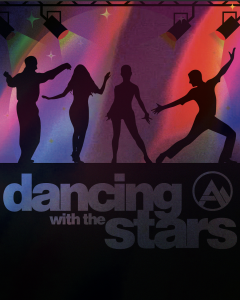
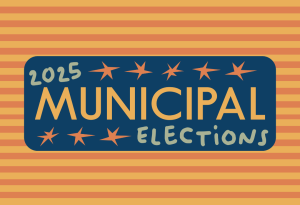



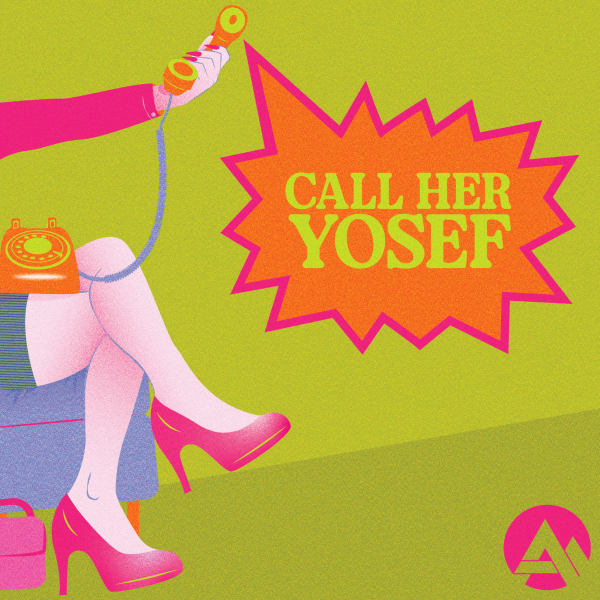


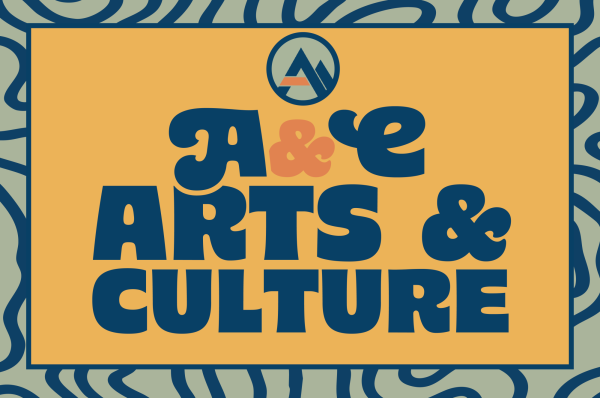
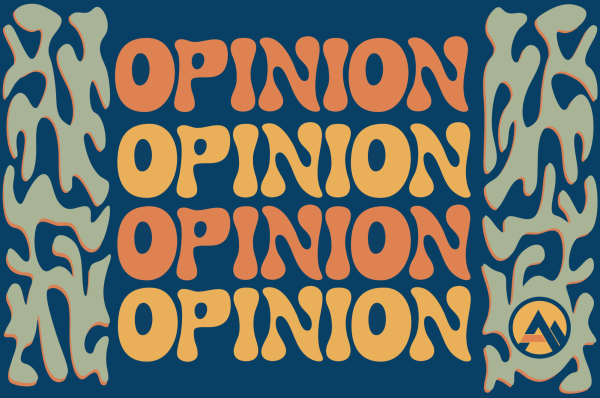
Luiza • Jun 1, 2023 at 1:34 pm
some of the comments are missing the point. the artist can be a horrible person but at the same time make incredibly good art. those two things co-existing does not mean you’re separating the two.
it also does not mean you have to stop consuming their art. you should consume it critically.
i also disagree with some of the points made in this article. do you mean that problematic artists in the modern era should be unemployed? what should they do instead?
and i do not believe that art is fundamentally and solely personal. it is social. art is not only an expression of the artist’s personal experience, it is most importantly a reflection of society. of an specific point in time and culture.
Will • Apr 8, 2023 at 10:37 am
This is a horrible take.
If you think they are intrinsically linked the you give the artist all the power that music has over you.
If you choose to separate the two you take away all that artists power and they become just another rich asshole. Much easier to forget.
Angel • Oct 12, 2022 at 9:50 pm
Yes, it’s only your opinion. But it is wrong in many ways.
Ben • Aug 29, 2022 at 2:33 pm
Is this also applicable retroactively? Let’s say Mr. X who lived in 17th century in the southern US was a renowned artist but he owned slaves. Slavery was a normal tradition ar that time. Now that it is recognized as an abhorrent act, do we have to cancel Mr. X? Replace slavery by any other abhorrent act that was normal in that time.
Trannon • Dec 1, 2021 at 5:52 am
Yes, you can. John Lennon preached some great sermons about peace and love. And that message rings true, no matter if it comes from an angel or a devil. It is the message itself.
A painting or film can be inspiring and excellent in its message as well, regardless of who made it. What if you don’t even know anything about the creator? Does that change the art? No.
So, YES … you can and SHOULD separate the two.
Billy Wang • Oct 22, 2021 at 10:50 pm
Fine take.
But it also depends on what the person is striking towards.
A reviewer can talk about the artist history along with the art.
And then they may review on the actual piece based on their own personal thoughts.
You can do both in a sense.
Also, what if people ask for feedback or criticism on their art?
Doing so will require separating the art from the artist momentarily if they want validity in the review.